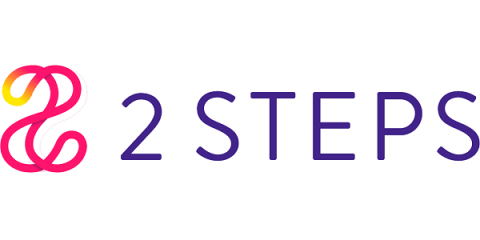Understanding 5 Essential P's of Asset Management ROIs
Asset management is increasingly becoming an integral part of corporate operations. In fact, asset management has become a popular industry and is projected to be valued at a whopping $49.9 billion by the end of 2031 as per growth market reports. Asset management can be referred to as optimizing assets as you track their returns and value. In a nutshell, Managing assets maximizes your output value and minimizes any risk management as you grow as an organization.











